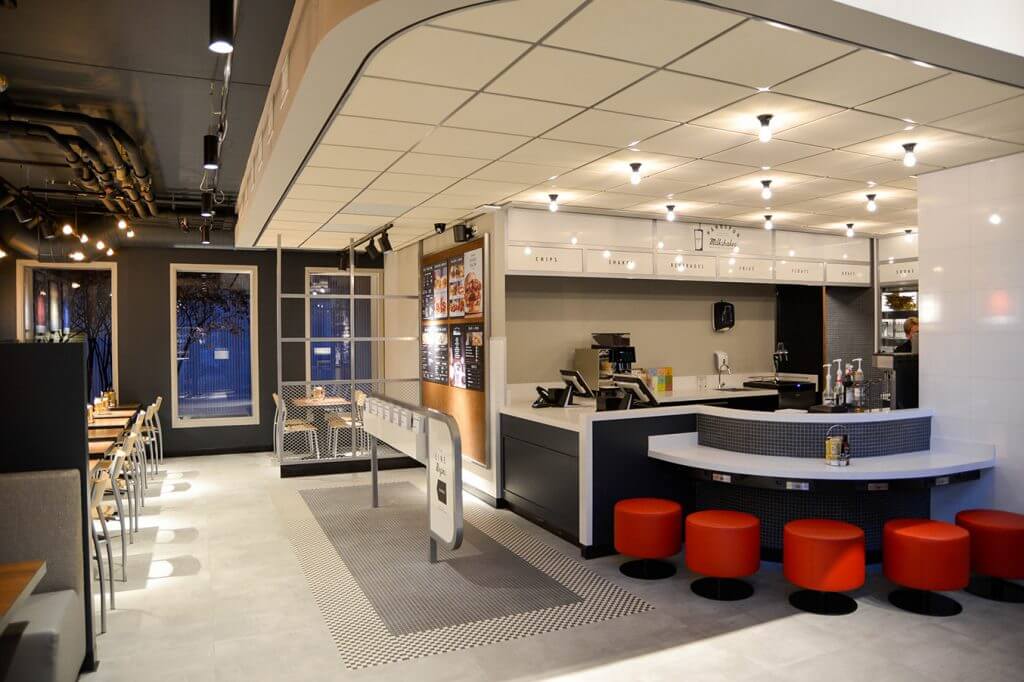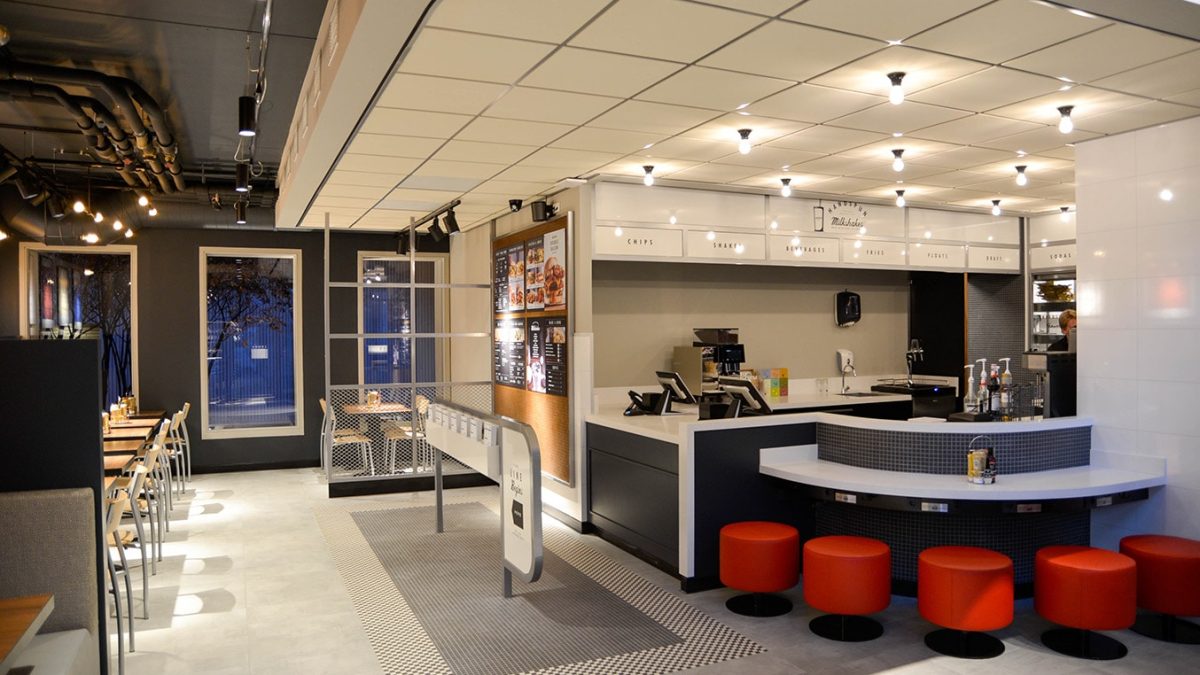 Long ago, fast-food was on the far end of the spectrum from fine dining, and it still is. There is a vast difference between, say, Ruth’s Chris Steak House and McDonald’s. But in more recent years, a new trend among restaurant chains has emerged to answer consumer demand for something in the middle. Think of it as chains capitalizing on a need formerly met by casual diners and mom-and-pop restaurants that were neither fast-food nor overly fancy.
Long ago, fast-food was on the far end of the spectrum from fine dining, and it still is. There is a vast difference between, say, Ruth’s Chris Steak House and McDonald’s. But in more recent years, a new trend among restaurant chains has emerged to answer consumer demand for something in the middle. Think of it as chains capitalizing on a need formerly met by casual diners and mom-and-pop restaurants that were neither fast-food nor overly fancy.
Brands such as McAlister’s, Newks, Chipotle, Jimmy John’s, Wayback Burgers and many others populate the fastest-growing segment in the restaurant industry. “Fast-casual” is a hybrid, featuring the best aspects of quick-serve restaurants (QSR or “fast-food”) and full-service, casual dining (such as Chili’s or Olive Garden).
Better Quality
The quality of ingredients in fast-casual is typically better and often fresher than in fast-food. Customers are more likely to see menu items labeled as organic and/or fresh in a fast-casual restaurant. “Upscale” is a relative term, but fast-casual is definitely more upscale in quality and freshness than fast-food is.
Accessible Price Point
Eating at Newk’s, for example, is going to cost a little more than grabbing a value meal at Burger King. A pizza with dough made from scratch is worth, say, $12 in the eyes of the guest, compared to around $9 for a fast-food combo, which illustrates why the fast-casual sector continues to grow. Restaurants in this category have successfully capitalized on their customers’ willingness to pay for higher quality when the price is still affordable in light of the quality; while enjoying the comfort of the same shorts-and-flip-flops dress code as that of a fast-food establishment.
Service Style
Ordering inside the restaurant is very similar, usually, in fast-casual and fast-food, from a menu board at a counter. However, at some fast-casual restaurants, a server brings the food to the table, rather than the customer standing to wait for it at the end of a counter.
Unlike most fast food chains, fast-casual restaurants typically do not offer a drive-thru option. The idea is that customers just want to be able to walk in, order, and get their food in a reasonably short time — get in and out — whether the order is for takeout or for dining in. Fast-casual is just the right option for people who don’t have time for a fine dining experience, but want a better dining experience than they get in a fast food setting.
Ambiance
In a fast-food chain location, the furnishings are almost purely practical; it’s basically just a place to sit while eating quickly — if the customer goes inside at all, rather than snatching a bag at the drive-thru. Fast-casual features a more upscale aesthetic, usually with softer lighting, more comfortable seating, and a more inviting feel.
Revenue Growth
There are many, many more units of, say, McDonald’s than there are of a typical fast-casual restaurant brand. But consider a recent comparison rate of revenue growth by Investopedia, which found that overall fast-casual restaurant revenues are expected to grow in 2019 by 8.3 percent, compared to about 4.2 percent in fast-food.
QSR magazine recently found that fast-casual is the only segment in the restaurant industry to grow traffic in the past five years. And in 2018, research firm Technomic discovered that fast-casual concepts are leading restaurant industry growth.
About Wayback Burgers
Wayback Burgers offers qualified candidates the opportunity to open and operate a business in the highly sought-after fast-casual sector with a small footprint and a big upside. The sizzling-hot burger franchise offers initial training and ongoing support for all its franchisees and works diligently on finding innovative ways to increase revenue while adding value to the customer experience.

